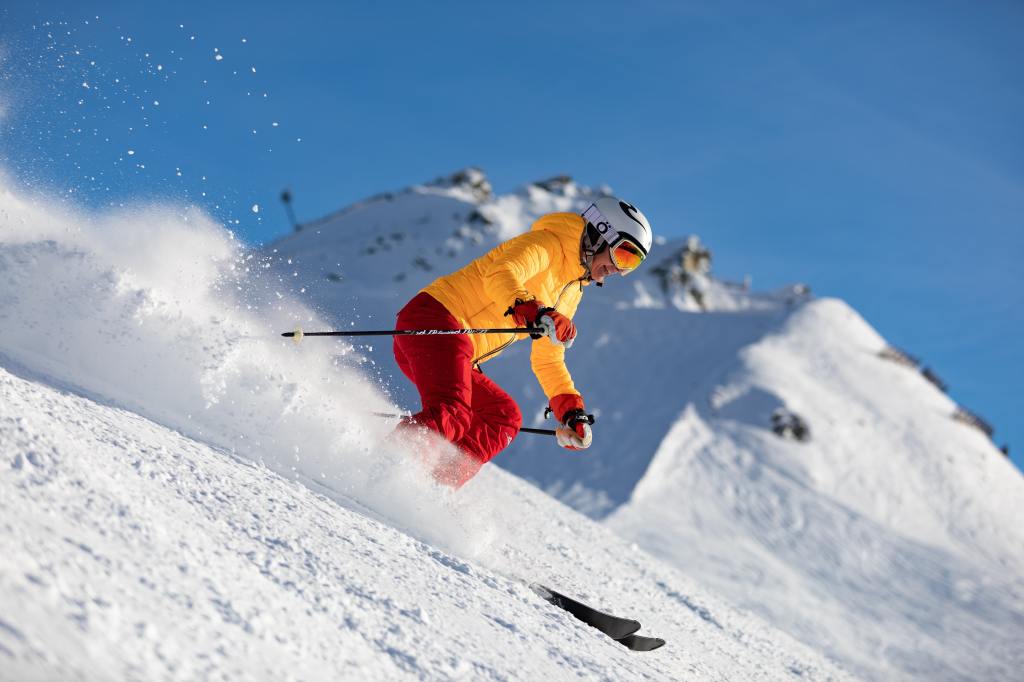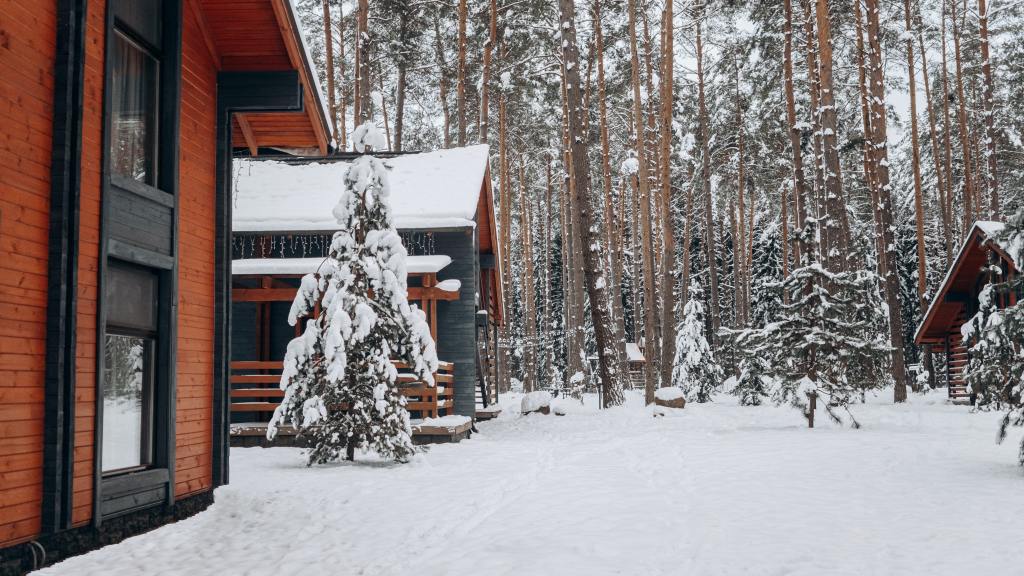
Keefe Gorman is an established Merrill Lynch executive who has attained Barron’s Top 100 advisors ranking. When away from his work with Merrill Lynch, Keefe Gorman is active with the U.S. Ski & Snowboard association, and enjoys challenging slopes of varying terrain every winter.
One of the most sought after conditions on skis is fresh, untracked powder snow. For those new to such snow conditions, the tendency may be to try the same techniques that work on packed runs, and if so, the experience can be frustrating.
One essential to maximizing your day on the powder is acquiring fat skis that feature an 80mm to 110mm width. These allow the ski to float, rather than sinking in the soft snow to a point where work is required to get them back up and ready for a turn again.
Another critical aspect of skiing powder is maintaining balance by flexing the ankles such that the toes point toward the head, pulling the skis up and out of the snow. Resist the temptation to lean back, as this often results in a too-rapid speed gain and subsequent loss of control. If the skis are wide enough, you do not need to worry about them diving forward in the powder, and it will not be necessary to pull the toes up to get the tips up and over the snow. In addition, a majority of fat skis are equipped with a rocker, or rise in the center of the ski in relation to the tips, that helps keep the skis afloat.
